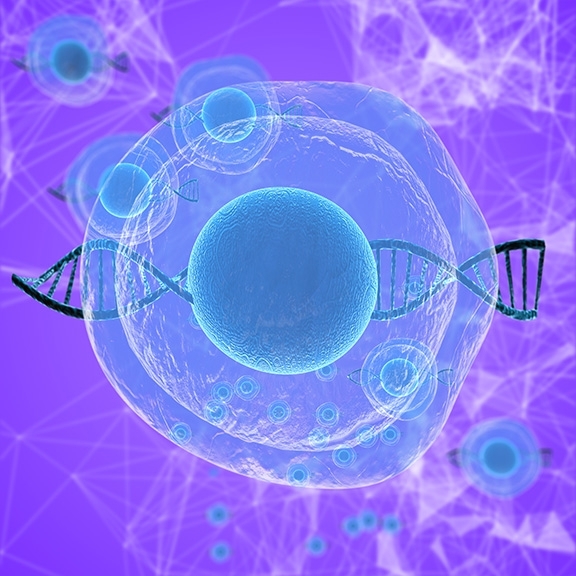Design Your Own Electroporation Protocol Episode 9 -
Guidelines for Bacterial Cells
By Michelle M. Ng, Ph. D.

Welcome to the ninth in our series providing tips for developing and improving your own electroporation method—Guidelines for Bacterial Cells.
In this episode, we will touch upon best practice considerations for transforming bacteria including cell preparation, electroporation wave form considerations, cuvette selection, and pulse length.
NOTE: If you have purchased commercially available electrocompetent bacteria, start with the manufacturer's recommended electroporation parameters, and then optimize from there.
NOTE: If you are preparing your own electrocompetent bacteria:
- Grow your cells up to mid-log phase. (For more information, refer to our earlier post Episode 6 - Optimizing Cell Density).
- Wash them well with a low conductance buffer, such as sterile deionized water with 15% glycerol. (For more information, refer to our earlier post Episode 7 - Buffer Considerations).
You may access our protocol for preparing electrocompetent bacteria here.
Tips to boost your success transforming bacteria via electroporation:
Electroporating cloning reactions, such as ligation mixtures, directly into bacteria can cause arcing and reduced transformation efficiencies.
- To reduce this risk, dilute ligations at least 1:5 with sterile nuclease-free water.
- Alternatively, you can remove salts by dialysis, ethanol precipitation, or spin column clean up.
Bacteria typically work best with exponential decay wave generators. However, you can also electroporate them with a square wave generator. (For more information, refer to our earlier post Episode 1 - Converting Between Square and Exponential Decay Waves).
Most often, 1 mm gap cuvettes are used for bacteria to achieve a high field strength during electroporation. 2 mm gap cuvettes or flatpack chambers may also be used for bacterial electroporation in larger volumes. (Refer to Episode 3 - Scaling Up and Down for more discussion on how the gap sizes affect the field strength).
Target a field strength range of 15-25 kV/cm (or 1500 to 2500 V using 1 mm gap cuvettes).
You can access our protocol for optimizing bacterial transformation here. This protocol runs through a voltage optimization experiment in detail.
Typically a pulse length of around 5 ms works well for electroporation of bacteria. You may adjust the pulse length by increasing or decreasing the resistance and/or capacitance settings on your exponential decay wave generator.
- T=RC where the T is the Time Constant (time for the voltage to decay to 1/3 the set voltage), R is the Resistance and C is the Capacitance.
Click here to visit our Protocol Database, for electroporation protocols searchable by, system, cell/tissue type, application/transfectant, and citation.



 800-272-2775
800-272-2775
